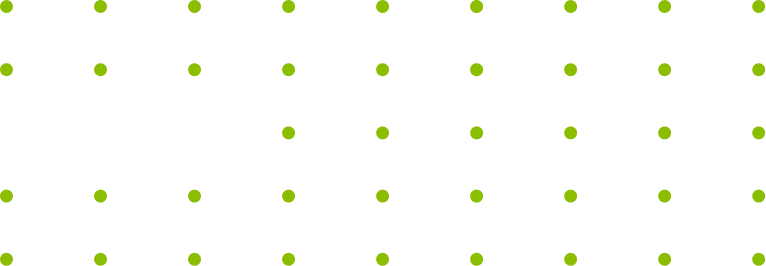Endometriosis



OPERATIONS
Modern minimally invasive treatment of prolapse – lateral hysteropexy using the Dubuisson’s method. Stress urinary incontinence Tubal dropsy Vaginal surgery (vaginoplasty) Lowering of the reproductive system Infertility Uterine myoma Labia hypertrophy Ovarian cysts and ovarian tumors EndometriosisOPERATIONS
Endometriosis is a disease in which the endometrium occurs in different places in the body than the uterine cavity. Most commonly occurs in the ovaries, intestines, urinary bladder, abdominal membrane or so called retroperitoneal space and even in the lungs. The endometriosis center (the so-called implants) respond to cyclic hormonal changes in the same way as the endometrium. They periodically peel, causing bleeding and inflammation, after which they rebuild. Such a situation leads to the progressive formation of larger and larger adhesions of the lesser pelvis and the gradual destruction of the organs of the lesser pelvis by implanting new foci of endometriosis. The consequence of this condition may be obstruction of the uterine tubes leading to infertility and even complete destruction of the ovaries. The so-called endometrial cysts often occur in the ovaries and due to the color of the content they are filled with, they are also called tar or chocolate cysts.
Symptoms which may suggest endometriosis are: chronic pain of the abdomen and lower abdomen pain, painful and very heavy menstruation, painful intercourse, spotting between menstruation. There may be pain in the sacral region, pain when passing urine, during defecation and during gynecological examination. The disease can also be associated with bloating, constipation, diarrhea, fatigue. Unfortunately, the diagnosis of endometriosis is not easy because the symptoms are similar to those of other diseases. Even ultrasound scans do not always work – it is helpful in diagnosing ovarian, bladder or rectal foci, but it is ineffective during the diagnosis of endometriosis occurring in the peritoneum. Therefore, the final confirmation of endometriosis frequently occurs during laparoscopy.
Endometriosis is treated pharmacologically and surgically. By choosing a method, we take into account the severity of the disease, motherhood plans and the age of the patient. A combination of surgical and pharmacological treatment gives very good results. The golden standard of surgical treatment is laparoscopy which takes into account such an operation that will allow to keep the so-called ovarian reserve as large as possible, that is, the possibility for the ovary to produce ova.
Laparoscopic surgery performed to remove endometriosis foci and endometriotic cysts requires very high quality specialized laparoscopic equipment, preferably with ultra-high resolution (4K), a properly prepared operating room, but above all a highly experienced and trained operating team. This is a procedure that requires significant precision from the operator to not cause complications during the operation of the micro tools and to keep as much healthy ovarian tissue as possible. The treatment is performed under general anesthesia on an operating table resembling a gynecological chair. It is bent so that the patient is in the so-called Trendelenburg’s position, i.e. with the head slightly lower than the legs.
At the beginning of the procedure, carbon dioxide is administered to the abdominal cavity through a special needle in order to produce pneumoperitoneum. The gas lifts the abdominal wall upwards and “pushes” the bowel allowing the insertion of laparoscopic instruments. Next, through a small, approximately 10-millimeter cosmetic incision in the navel, a camera and a source of light are inserted into the abdomen. The monitor allows to obtain a high-resolution color image. With three 5-millimeter incisions above the pubic symphysis, additional micro tools are inserted into the abdominal cavity. The adhesions being a result of the disease are removed, furthermore endometriotic ovarian cysts undergo enucleation or are opened, emptied and coagulated. Sometimes, entire ovaries which have damaged by the disease are removed, as well as parts of the bladder wall and even parts of the bowel.
The removed lesions are placed in a bag placed in the abdominal cavity (the so-called endobag) and removed from the abdominal cavity by one of the previously made incisions. At times, at the end of the procedure, a special fluid is dripped into the abdomen to prevent adhesions. At the end of the procedure, the tools are removed from the abdominal, and the previously inserted carbon dioxide is released. Cosmetic seams are placed on wounds being a result of the inserted tools. The patient is mobile about 6 hours after surgery. A few hours after the procedure, the patient may drink fluids, and after the occurrence of peristalsis, he may begin to eat easily digestible foods. The patient is sent home the next day after surgery. Because pain after the surgery is very small, the only home remedies which are used are common analgesics. After surgery, it is possible to return to daily activities after 3 days and to full activity after about 7-10 days.

